The Best Low-Noise Bathroom Extractor Fans
Ensuring you have a bathroom extractor fan that is not only effective, but also low on noise is key in making sure your comfort isn’t sacrificed for your ventilation, and vice versa.
In this blog, we will share the best low-noise bathroom extractor fans
To prevent mould, fresh air should always be introduced into your dwelling daily, as it helps to regulate temperature and reduce condensation. Introducing fresh air can be as simple as having a ventilation routine, or installing extractors or PIV systems.
Having an understanding of the uses and reasoning for ducting can be just the information you require in order to get the correct ducting to fit your needs. Knowing how their differences can save you any potential mistakes if you choose to set it up yourself.
I-Sells is here to provide the answers you require whilst also supplying you with all the information you need to combat mould and have a well-ventilated home.
Why is a low-noise bathroom extractor fan important?

A low-noise bathroom fan is essential for creating a peaceful and comfortable living environment. While the primary function of a bathroom fan is to remove moisture, odours, and pollutants, a noisy fan can significantly detract from the overall ambiance of your home.
A loud bathroom fan can disrupt sleep, making it difficult to relax and unwind. It can also be distracting during quiet moments, such as reading, listening to music, or watching television. Moreover, constant exposure to loud noise can lead to stress and irritability.
In addition to its impact on your well-being, a noisy fan can also diminish property value. Potential buyers may be deterred by a loud bathroom fan, as it can negatively affect the overall living experience.
A quiet bathroom fan, on the other hand, allows you to enjoy the benefits of proper ventilation without sacrificing peace and tranquility. It contributes to a more relaxing and enjoyable bathroom experience, enhancing the overall comfort and value of your home.
How do bathroom extractor fans get noisy over time?
Bathroom extractor fans can become noisy over time. A few factors contribute to this issue.
- Accumulated dirt and grime: Over time, dust, grease, and other particles can build up on the fan blades and motor, causing increased friction and noise.
- Worn-out motor bearings: The bearings in the fan motor are responsible for smooth operation. As they wear out, they can create grinding or squeaking noises.
- Unbalanced fan blades: If the fan blades become unbalanced, they can vibrate and create noise.
- Blocked ductwork: Obstructions in the ductwork can cause the fan to work harder, resulting in increased noise levels.
Regular cleaning and maintenance can help prevent or reduce these issues. However, if the noise persists, it may indicate a more serious problem that requires professional attention.
Can a loud extractor fan damage hearing?
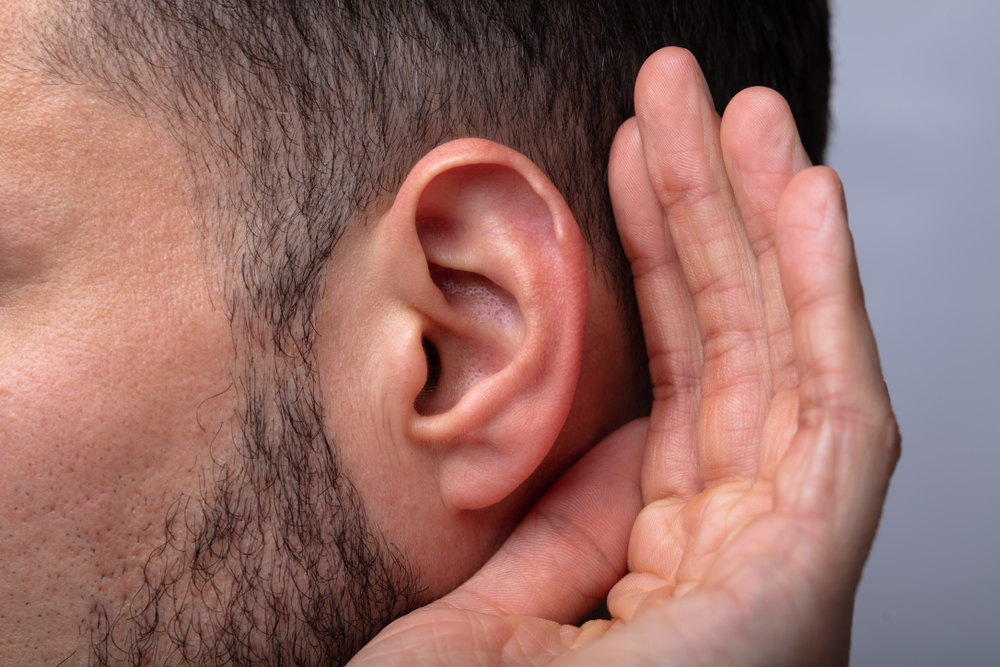
A loud bathroom extractor fan is unlikely to cause significant hearing damage. The noise levels produced by most fans are typically below the threshold that can lead to permanent hearing loss.
However, prolonged exposure to any loud noise can be irritating and disruptive. A noisy fan can interfere with sleep, relaxation, and overall comfort. It’s essential to prioritize a quiet bathroom environment for a better quality of life.
If you find the noise from your fan to be excessive or bothersome, it’s advisable to investigate the cause and consider replacing it with a quieter model.
What decibel is damaging to hearing?
It’s important to note that this is a general guideline, and individual sensitivity to noise varies. Additionally, the longer you’re exposed to loud noise, the greater the risk of damage.
For example, exposure to 85 dB for eight hours can be harmful, but exposure to 90 dB for only four hours can cause the same damage.
To protect your hearing, it’s essential to limit exposure to loud noises and wear hearing protection when necessary.
Thankfully, when it comes to extractor fans, they do not contain anywhere near he decibel range that is damaging to hearing. If there are damages or a blockage, it can raise the level of noise from the fan, but still not to a point where hearing is damaged.
The best low-noise bathroom extractor fans
There are many low noise bathroom fans available, here are I-Sells top 3 low-noise bathroom extractor fans.
Low-Noise Options:
- Airflow Aura-Eco Extract Fan – 100mm, Timer + Humidistat: This extractor fan boasts a quiet operation with a noise level of only 25dB(A) and is currently on sale for £35.41. It also features a timer and a humidity sensor for added convenience.
- Manrose Conceal Axial Quiet Extract Fan – 100mm, Timer: This Manrose fan offers a noise level of 26dB(A),making it another quiet option. It comes with a timer.
- Vent Axia VA100 Silent Bathroom Fan (White): While not listed on the provided website, Vent Axia offers the VA100 Silent Bathroom Fan which is known for its quiet operation with a noise level of only 25dB(A). It might be worth checking with the retailer if they stock this specific model.
Additional Considerations:
- Noise Level Measurement: It’s important to note that noise level is often measured in decibels (dB) with the “A” weighting (dB(A)) to account for human hearing sensitivity. Lower dB(A) values indicate quieter operation.
- Fan Performance: While noise level is important, also consider other factors like the fan’s extraction rate (measured in litres per second (L/s) or cubic metres per hour (m³/h)) to ensure it’s suitable for your bathroom size.
- Reviews: Checking customer reviews on the website or elsewhere can provide additional insights regarding noise levels and overall performance of the extractor fans.
Does cleaning an extractor fan make it less noisy?
In some cases, yes, cleaning an extractor fan can reduce the noise output of the fan. Here’s how to clean it. Before beginning, always turn off the power to the fan before starting the cleaning process.
Equipment:
- Screwdriver
- Soft cloth or microfiber cloth
- Vacuum cleaner with brush attachment
- Small brush (such as a toothbrush)
- Warm soapy water
- Step ladder (if needed)
Steps:
- Remove the fan cover: Gently detach the cover, often held in place by clips or screws. Soak it in warm, soapy water to loosen grime.
- Clean the cover: Scrub the cover with a soft brush or sponge to remove dirt and grime. Rinse thoroughly and allow to dry completely.
- Vacuum the fan: Use the vacuum cleaner’s brush attachment to carefully remove dust and debris from the fan blades and housing.
- Deep cleaning (optional): For more stubborn dirt, use a small brush to gently clean the fan blades and internal components. Avoid getting the motor wet.
- Wipe down the housing: Use a damp cloth to clean the fan housing, removing any dust or grime.
- Reassemble the fan: Once everything is dry, reattach the clean fan cover securely.
Don’t forget to:
- Wear gloves to protect your hands from dirt and grime.
- Use a mild detergent for stubborn stains.
- Avoid using harsh chemicals that could damage the fan.
- Regularly clean your extractor fan to prevent build-up and noise.
Buy a low-noise bathroom extractor fan today
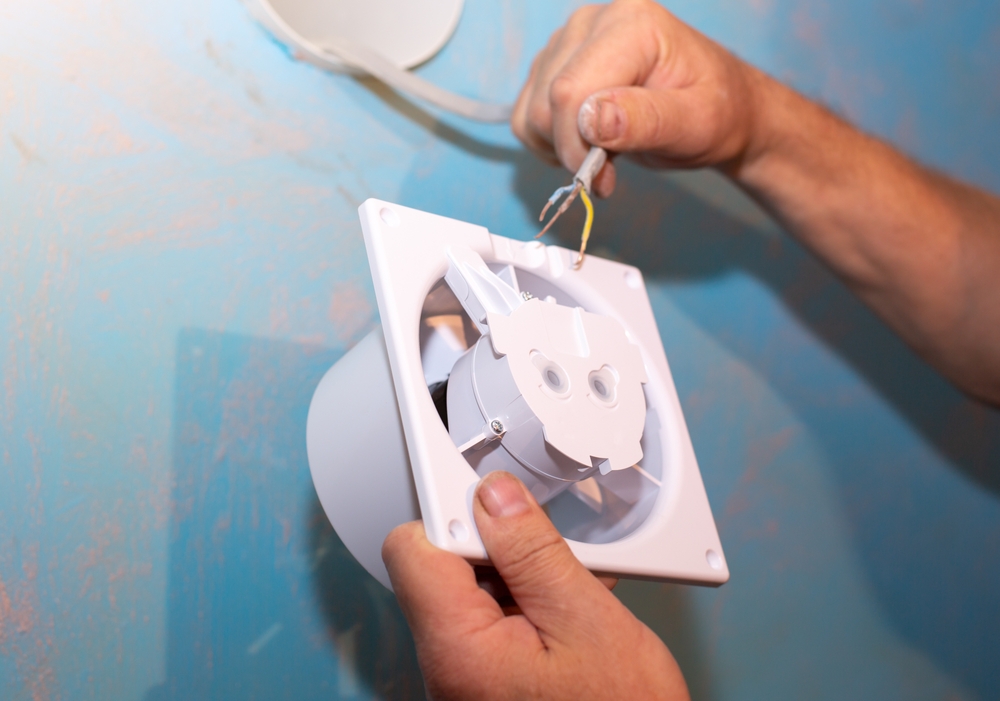
Before deciding to invest in our mould solutions. Be sure to visit our blog page to gain knowledge on the wide array of factors and issues surrounding ventilation, mould, condensation, and much more.
We hope to have given you relevant information regarding the best low-noise bathroom extractor fans.
We understand you may have more questions, do not hesitate to contact us for more information with regard to whatever you require our help with. If you’d like to email us, click here. For other contact options, see below:
Call us on 020 8463 9696
Visit us at our showroom:
*OPENING TIMES*
Monday – Friday: 8:00 am to 5:30 pm
Saturday: 9:00 am to 12:00 pm
Sunday: Closed
15 St John’s Parade
Sidcup, Kent
DA14 6ES
United Kingdom


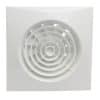

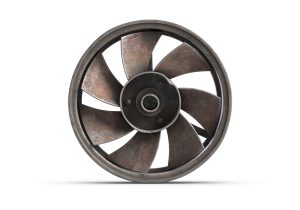

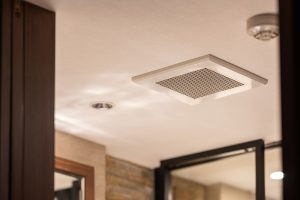





















Add comment
You must be logged in to post a comment.